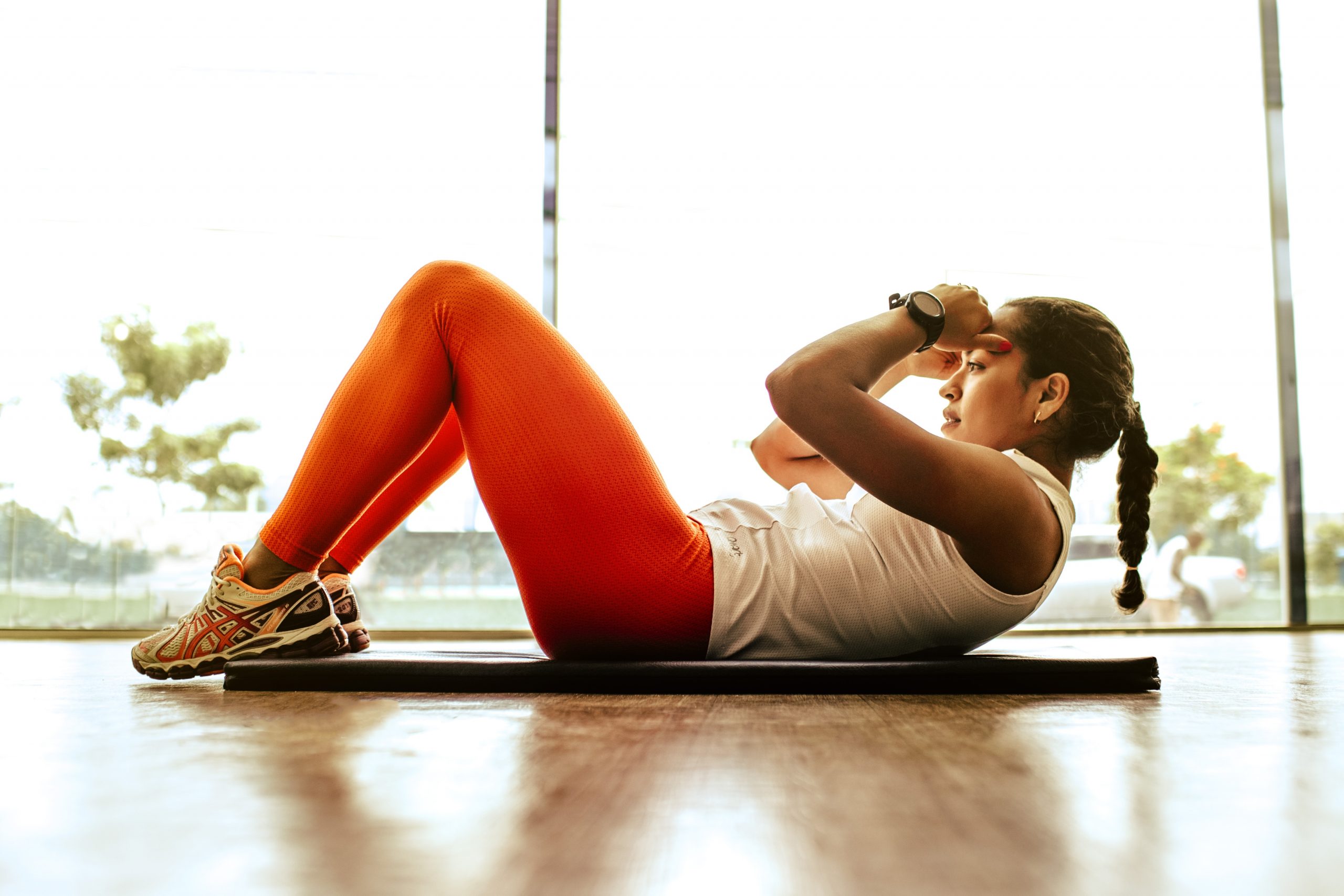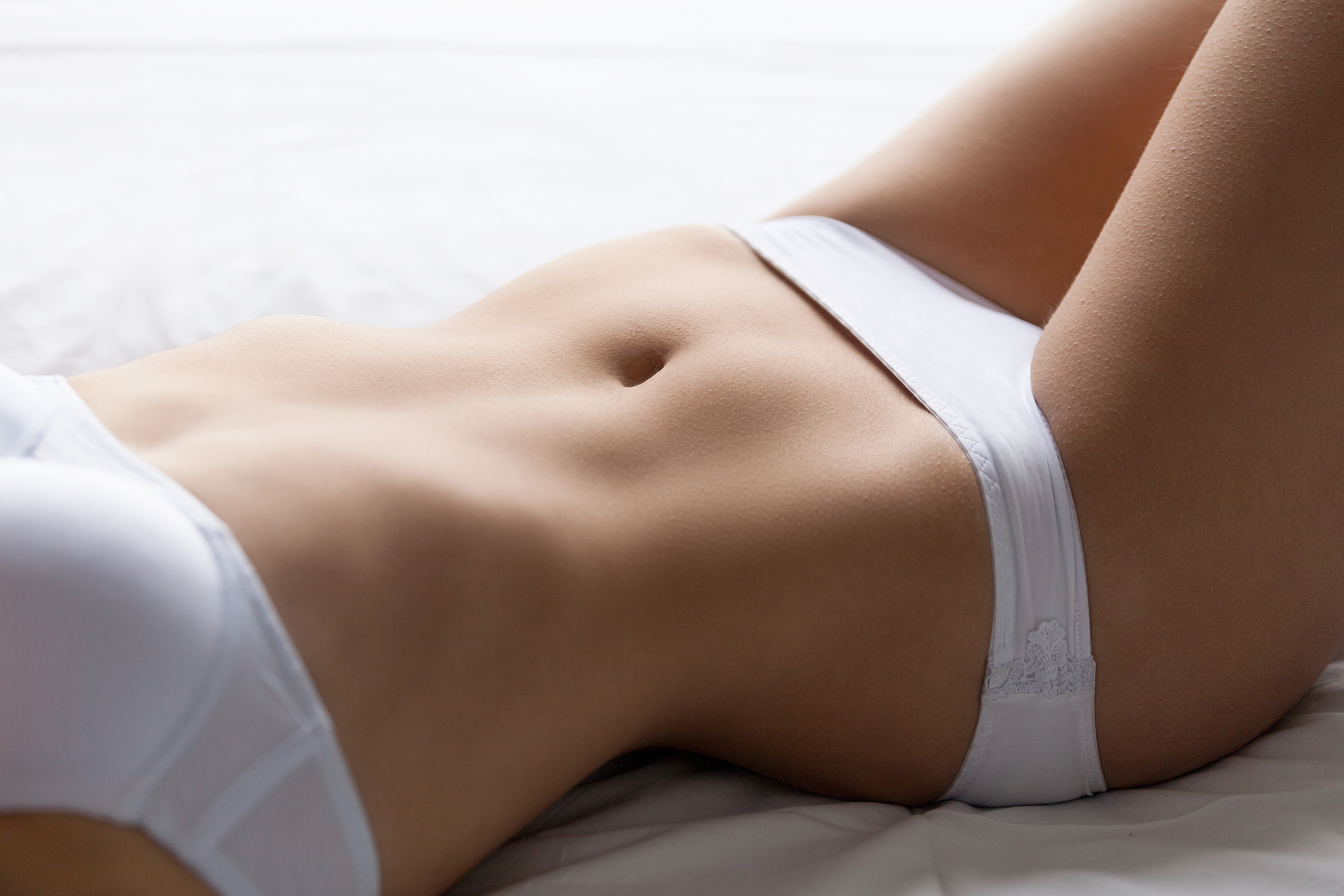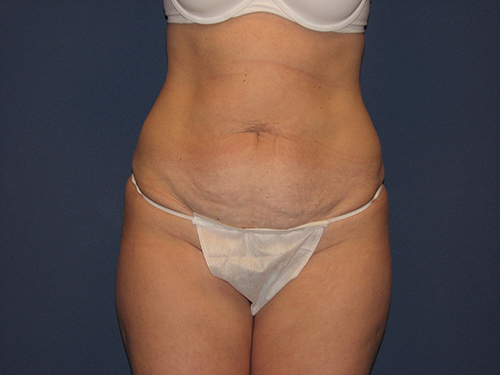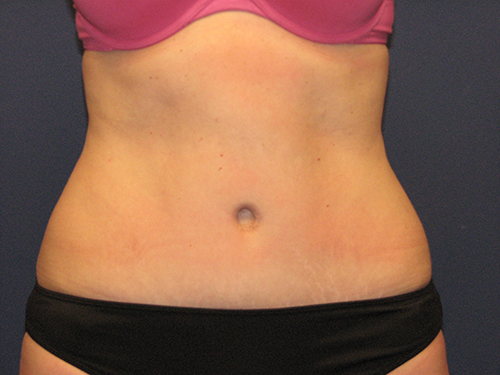Of the people who consider facelift surgery, many worry about their results. The images of facelift failures displayed on television and social media could cause significant anxiety with potential patients worrying about a similar outcome.
Fortunately, choosing a board-certified plastic surgeon, preparing, and following post-surgical instruction can meet or exceed your aesthetic goals. Here are five steps to follow to ensure you get the results you deserve.
1. Choose the Right Surgeon
While most surgeons can legally perform a facelift, a board-certified plastic surgeon exceeds all others in training, skill, and ethical standards. Their expertise centers on facial anatomy and reconstructive surgery. They must keep abreast of the most modern techniques and technology through continuing education. And their ethical standards are the most stringent in medicine.
2. Be Honest During Your Consultation
During your consultation, be honest with Dr. Dreyfuss about your desired results. Be prepared to discuss previous surgeries, drug allergies, and current medications. Dr. Dreyfuss will evaluate your unique facial anatomy to compare with your cosmetic goals and give you his assessment. Together, you will devise a surgical plan designed to deliver the best results possible.
Your consultation is your opportunity to ask questions and state your concerns. Come prepared with a list of what you would like to discuss. Here are some questions you might want to consider:
- How often do you perform facelifts?
- How long have you been a plastic surgeon?
- What makes me a good candidate for the surgery?
- Where will you perform the operation?
- Are there any complications and risks I should know about facelift surgery?
3. Get Your Skin Ready for Surgery
The secret to excellent facelift results is healthy skin. If you smoke, quit for at least two weeks before surgery. Use sunblock religiously before and after surgery to diminish sun damage. Start a medical-grade skin care routine at home. Eat the right foods for healthy skin.
4. Excellent Post-Surgery Care
Think about buying a new car – an expensive one, like a Maserati or Ferrari. You will want to have the vehicle serviced according to the manufacturer’s instructions. You should approach your facelift recovery the same way.
Dr. Dreyfuss will give you detailed instructions about prescribed medications, bandages, incision care, and sutures. He will advise you on diet, rest, and exercise. Follow his instructions to the letter!
5. Managing Volume Loss
Today, a facelift is more than stretching skin taut. It’s about volume. With age, we lose fat and bone, creating a sagging, deflated facial appearance. By managing this loss by restoring volume during surgery and beyond, the results will be longer-lasting. Dr. Dreyfuss may suggest enhancing your facelift results with other cosmetic treatments like dermal fillers or facial implants.
The Best Place for a Facelift in Chicago
To find a board-certified plastic surgeon to restore your youthful facial appearance, look no further. Dr. David Dreyfuss believes you deserve the best. Contact us today to schedule a consultation at our state-of-the-art surgical facility in Orland Park. Or, you can call us at 815-806-9400.



 Today, many people find it more challenging than ever to maintain a healthy weight and body shape. Routine exercise is critical to keep in shape and lead a balanced life. Whether you are preparing for or healing from a surgical procedure,
Today, many people find it more challenging than ever to maintain a healthy weight and body shape. Routine exercise is critical to keep in shape and lead a balanced life. Whether you are preparing for or healing from a surgical procedure, 




